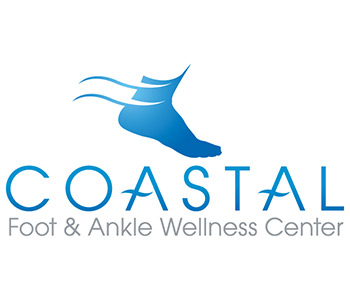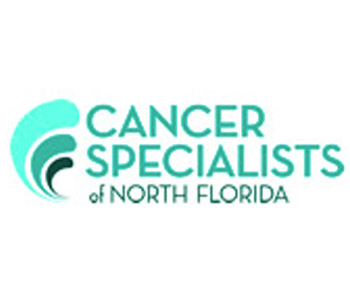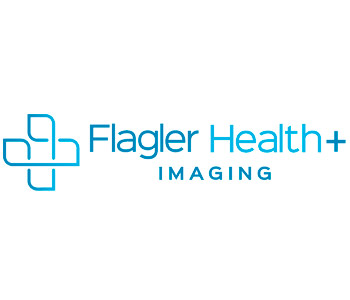 You are eligible for free breast imaging if:
You are eligible for free breast imaging if:
1. You live in St. Johns county.
2. You have limited income.
– This is based on the Census Bureau that changes yearly. For more information go to the office of the Assistant Secretary for Planning and Evaluation or contact Pink Up The Pace at (904) 257-6061 or fill out our email form.
3. Female and male of all ages with a breast concern.
– Skin changes, breast lump, nipple changes, pain, lump under the arm.
4. You do not have private insurance, Medicaid, or Medicare.
Exceptions: “Pink Up The Pace” will fund free imaging to those who are underinsured (those who have a high deductible or a high co-pay). Follow up imaging services will be provided by PUTP for the extent of 2 years. We will provide imaging to those who have Medicare, Part A, but not Part B (as long as you meet our income limits).
5. You are not breast-feeding or pregnant. (Individual considerations will be assessed from a medical provider).
All patients using our services need an order from medical practitioner. If you don’t have a physician please visit the following websites to see who can assist you further:
Wildflower Clinic at http://www.wildflowerhealthcare.org/
Azalea Clinic at http://azahealth.org/
Social Security Disability for Breast Cancer
Qualifying for Disability with Breast Cancer
If you or someone you love has been diagnosed with breast cancer, you might be eligible for disability benefits to help you pay for daily living needs while you go through treatments. The Social Security Administration (SSA) offers disability benefits to people of all ages who cannot work due to a disability. Advanced breast cancer will qualify for Social Security benefits with just a diagnosis, while women with earlier stages of breast cancer will need more medical evidence proving they’re unable to work to be approved. Understanding whether your breast cancer qualifies you for benefits can be challenging, but the information that follows can help.
Medical Eligibility for Benefits
The disability listing for breast cancer appears in the SSA’s Blue Book under 13.10. This listing details the breast cancers that automatically meet the medical qualifications for receiving disability. Keep in mind though that even if your breast cancer doesn’t qualify under this listing, you may still be eligible for benefits through additional reviews. These reviews are discussed in below, but the first step is to see if you’re automatically qualified.
Breast cancers must be advanced, recurrent, or of a more aggressive type to meet the automatic qualification criteria. Inoperable breast cancer that has spread to other areas of the body, for example, not only qualifies for benefits immediately but also meets the requirements for quick review and approval under the Compassionate Allowances (CAL) program.
If your breast cancer is advanced, then the SSA can start your benefits immediately and with minimal review of your medical records. Even under the CAL program however, you must still complete the full disability application and the SSA must obtain certain medical records from your oncologist and other physicians. Medical approval for benefits under these kinds of circumstances though is virtually guaranteed.
Other breast cancers that automatically medically qualify include:
- Small-cell or oat cell cancer,
- Inflammatory breast cancer,
- and metastatic carcinoma.
Any type of breast cancer that returns after initial treatment is additionally eligible, as is secondary lymphedema, which is among the most common side effects seen with anti-breast cancer therapy.
Medical Evidence and Automatic Qualification
Whether your cancer qualifies under the CAL program or the standard disability listing, medical evidence is the key to approval and to avoiding delays in the initial review process. Essential records that must be available include:
- A thorough medical history
- Evidence establishing the type of cancer
- Imaging or other documentation of the cancer’s location
- Operative notes, including aspirates, biopsies, and any surgical procedures
- Pathology reports or certified statements from a physician to accompany each operative note
- Records of any hospital stays
- Treatment records, including type and effects
- Documentation of any side effects or “residuals” from anti-cancer therapy
Keep in mind that not every person who gets disability benefits meets a disability listing exactly. Some are able to qualify by:
- matching a listing in terms of severity level
- OR
- by achieving a Medical Vocational Allowance after a Residual Functional Capacity (RFC) evaluation.
When these are the methods of review, the SSA may request even more of your medical records and may ask you and others, including physicians, caregivers, or family members, to provide additional insight into your physical and/or mental limitations.
Medically Qualifying without Meeting the Breast Cancer Listing
Breast cancer and cancer treatments leave some women (and men) with long-term or permanent physical and/or mental limitations. These impairments may result from the surgical procedures or the anti-cancer therapies used to combat the disease. If these limitations are a severity level match to another Blue Book listing, then you can be found eligible for benefits under that listing instead.
Even if you’re not able to qualify under any particular disability listing, the SSA will consider ALL of your medical records and physical and/or mental impairments. These may include things like:
- fatigue or lack of stamina,
- memory or concentration problems,
- and loss of strength or range of motion in the shoulders, arms, or hands.
If the combined effects of all your impairments make it impossible for you to work, then you can be granted benefits under a Medical Vocational Allowance.
Be sure to report ALL of your medical conditions and physical and mental challenges when you apply for benefits. Get your doctor on board as well and ask him or her to ensure all of your impairments are well documented within your medical records and that those records are shared in a timely manner with the SSA once you file your claim for benefits.
Submitting an Application for Disability
Before applying, you’ll want to gather information on your education, work history, job training, and your medical history. Financial details will be necessary during the application process, too. When you’re ready, you can apply online or at the local office. Just keep an eye on the mail, as the SSA may request additional information and a timely response is necessary to keep your claim active.
Platinum Sponsors









